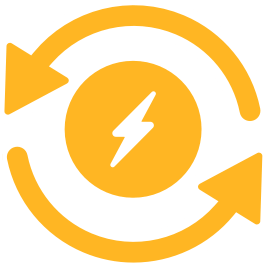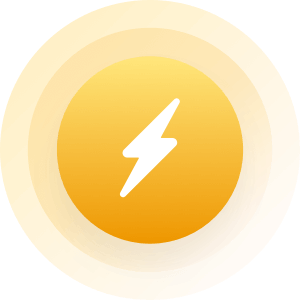| Topic: a new look at the "Vela Incident" | |
|---|---|
|
http://nationalpost.com/opinion/colby-cosh-a-new-look-at-1979s-mysterious-nuclear-we-think-explosion There are many names for whatever happened in the South Atlantic on Sept. 22, 1979, but the most typical one is "the Vela Incident." It is one of the genuine mysteries of 20th-century history - not a contrived mystery like "Who killed the Lindbergh baby?", but the real deal: a whodunit, combined with a whatwuzzit. At just past midnight on the key date, an American satellite designed to detect nuclear explosions, Vela 6911, "announced" to ground stations that it was pretty sure it had just seen one. The inferred location of the blast was about halfway between South Africa and Antarctica. This may not seem like an important clue to post-Cold War babies; people forget that South Africa is known to have had the bomb throughout the 1980s. The apartheid regime built a half-dozen warheads for tactical use and regional deterrence against such Communist-influenced neighbour states as Angola. In 1989, during the run-up to South African democracy, the republic voluntarily dismantled its nukes. Over the next decade it joined the major nonproliferation treaties, and even led the creation of a new one, the African Nuclear-Weapon-Free Zone Treaty. The new research paper on the Vela Incident, published in the journal Science & Global Security last month, is not a sensational novelty. Mostly I am mentioning it because it may be nice, in 2018, to imagine a rogue member of the Nuclear Club one day leaving it and becoming a leading anti-nuke sentinel. With all that said, South Africa is not necessarily the prime suspect in this whodunit. Vela 6911 was part of a global grid of satellites designed to help enforce the Partial Test Ban Treaty of 1963, which outlawed nuclear testing in the atmosphere (and in space). The satellites' main instruments for spotting atmospheric nuke tests were arrays of light-detecting photodiodes called "bhangmeters" (whose name is a slightly complicated physicists' joke about cannabis. Yes, really). Nuclear explosions create an interesting double-humped or M-shaped signal on light detectors in the first second or so after they detonate. There's an initial, brief fireball "set off" by X-rays heating the air (and anything else that might be very nearby) to hundreds of thousands of degrees. Then the mechanical shock wave of the explosion, at first opaque, conceals the first fireball. Cooling as it expands, the shock wave becomes translucent, and there is a "second maximum" of brightness. The resulting M-shaped curve is the same for fission and fusion weapons, can be used to calculate the total energy of the explosion, and is not known to be imitated by any other natural phenomenon. Nuclear mushroom over Bikini atoll © Unknown A test of a 23-kiloton A-bomb on Bikini atoll in the Pacific Ocean July 25, 1946, raised a mushroom cloud of radioactivity a mile high. In the Vela Incident, two independent bhangmeters recorded an M-shaped light signal that sent the White House and the U.S. intelligence community racing madly off in all directions. Well, to be more specific, they went in two opposing ones. The CIA studied the signal and decided that it was, in fact, the thumbprint of a low-yield nuke. President Jimmy Carter convened a blue-ribbon scientific panel to study the signal: it was led by Jack Ruina, an MIT electrical engineering prof who had once been director of the Pentagon's Defense Advanced Research Projects Agency. This is to say that Ruina had very strong science credentials, and equally impressive deep-state credentials. Ruina's panel issued what one member called a "Scotch verdict": it said it could not rule out a natural explanation for the signal. The new paper by Christopher M. Wright and Lars-Erik de Geer pulls together the many shreds of public-domain knowledge about the physics of the Vela Incident. Some of them have come from material declassified piecemeal, and far from completely, over the intervening decades. The public has only been allowed to scrutinize selected items from a "zoo" of Vela false alarms cited by the Ruina panel as proof that the Incident might have been some kind of micrometeor phenomenon. Meanwhile, Vela readings from the last known atmospheric nuke tests have also been misplaced. As Wright and de Geer document, even this threadbare evidence does not leave much room to doubt that the incident was a nuke. The panel's alternate scenarios are pretty contrived, especially given what the human species has learned since about the statistics of very tiny particles that whiz about the cosmos and occasionally smash into satellites. Wright and de Geer do not dig into the historical literature of Vela, which has been expanding persistently as intelligence-world memoirs and diaries are published or declassified. Even president Carter wrote, not long after his panel had completed its preliminary work, of "a growing belief among our scientists that the Israelis did indeed conduct a nuclear test explosion in the ocean near the southern end of South Africa." |
|
|
|
|
|
I hope that it was Israel and not South Africa. The thought of the ANC having a nuke is scary.
|
|
|
|
|







